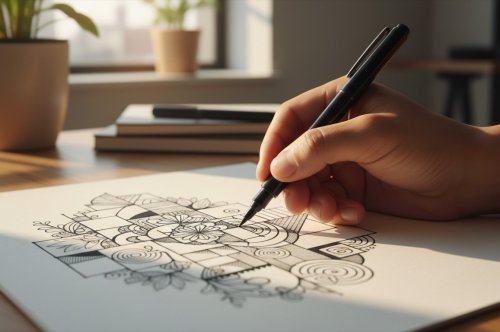The Ultimate Guide to Caring for and Cleaning Your Original Oil Painting: Expert Tips for Longevity and Preservation

As the proud owner of an original oil painting, you understand the importance of proper care and maintenance. Preserving the beauty and integrity of your artwork requires gentle handling and regular cleaning. In this comprehensive guide, we will provide you with expert tips and insights on caring for and cleaning your beloved oil painting. From finding the perfect placement to professional cleaning techniques, this article will equip you with the knowledge to ensure the longevity and preservation of your artwork.
Placement and Environment:
Finding the perfect spot for your oil painting is the first step in its care. Select an area with stable temperature and humidity levels, avoiding places prone to extreme fluctuations or high humidity. Direct sunlight should be avoided as well, as it can cause fading and discoloration over time.
Handling:
When handling your oil painting, always exercise caution and gentleness. Make sure your hands are clean and dry, or consider using lint-free gloves to prevent oils, dirt, or moisture from transferring onto the delicate surface. It's best to hold the painting by its sturdy frame or edges, avoiding direct contact with the painted area to prevent damage.
Dusting:
Regular dusting is essential to maintain the cleanliness of your oil painting. Use a soft, clean brush or a microfiber cloth to gently remove dust particles. Start from the top of the painting and work your way down, employing light sweeping motions in a single direction. Avoid using feather dusters or rough materials that could inadvertently scratch or harm the paint.
Cleaning:
If your oil painting requires further cleaning beyond dusting, it's crucial to seek professional assistance from an art conservator or restorer. These experts possess the knowledge and experience to handle delicate artwork and employ suitable cleaning techniques. Attempting to clean the painting yourself without proper training can lead to irreparable damage.
Protection:
To provide physical protection and minimize the risk of accidental damage, consider having your oil painting professionally framed. A well-chosen frame not only enhances the aesthetic appeal but also acts as a barrier against potential harm. Opt for UV-resistant glass or acrylic glazing to shield the painting from harmful ultraviolet rays, which can cause fading or discoloration over time.
Maintenance:
Regularly inspect your oil painting for signs of damage, such as flaking or cracking paint. If you notice any issues, it's imperative to seek advice from a professional art conservator. They can assess the artwork's condition and recommend appropriate measures for its preservation. Keeping a record of the painting's condition through photographs or written descriptions can help monitor any changes over time.
Conclusion:
Caring for your original oil painting is a labor of love that ensures its beauty and longevity for years to come. By following the tips shared in this blog post, you can protect and preserve your artwork's integrity. Remember, when in doubt, always consult a professional art conservator for expert advice. With proper care, your oil painting will continue to captivate viewers and remain a cherished piece of art for generations to come.



